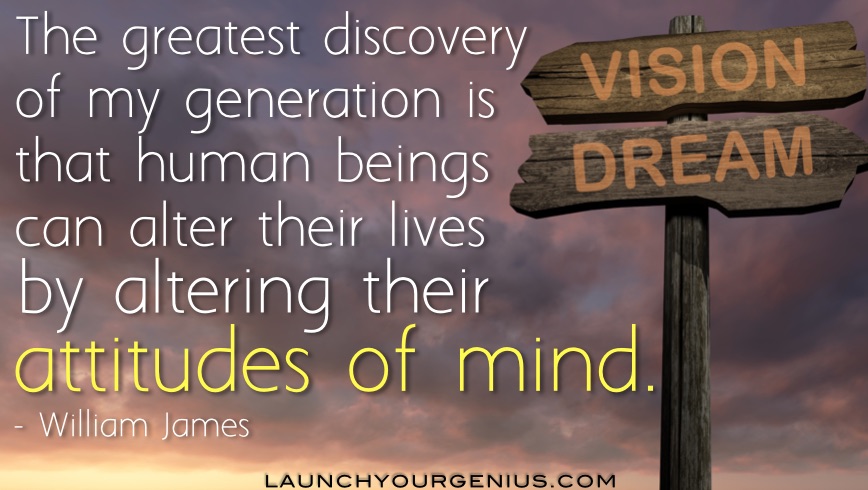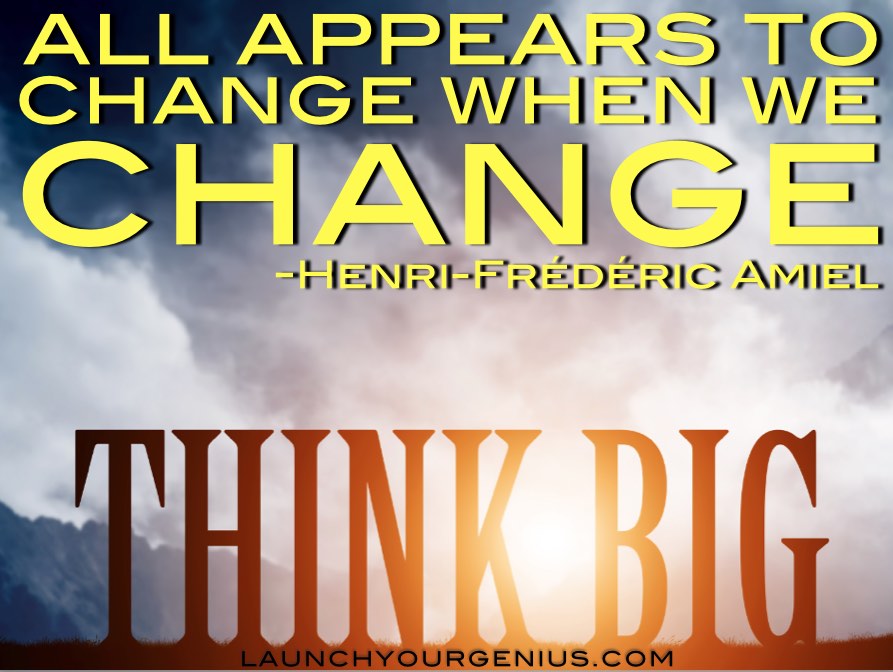“The greatest discovery of my generation is that human beings can alter their lives by altering their attitudes of mind.”- William James
This is part-3 of the multi-part series on cognitive biases and how to get beyond them. Here are Part-1 and Part-2.
Here are the biases discussed so far:
1. Confirmation Bias
2. Hindsight Bias
3. Negativity Bias
4. Impact Bias and The Inaccurate Simulator
5. The False Consensus Bias or “most people are like me bias”
6. Attention Bias And The Tunnel Visioning Effect
Announcement: Dear readers, sorry for the delay in the publishing of this post. I know it has been a little while since the last post. My attempt in the future will be to publish every week if possible.
Let us get on with the cognitive biases:
7. Optimism bias Or the Wishful Thinking bias
“Travelling, whether in the mental or the physical world, is a joy, and it is good to know that, in the mental world at least, there are vast countries still very imperfectly explored” ― Bertrand Russell, The Analysis of Mind
This cognitive bias happens when we are over the top optimistic about everything.
There is a blinder to see the realistic aspect of a situation. And there might be a tendency to overestimate and forecast optimism. In reality, it may benefit you to consider both sides of the story.
Of course, there is nothing wrong in being optimistic.
But when the strong optimism leads into an inability to see the pros and the cons, we have an issue. When we fail to see the multi-aspect nature of decisions in favor of only the positive and optimistic, we have a problem.
We hear from the personal development field that we always need to be positive, optimistic, grateful, happy and so on and so forth.
Great rewards are forthcoming for the happy and the optimistic, books add.
We may create more problems by attempting to force the perfect, happy and optimistic lifestyle. It is best to have a firm grip on reality than to vacillate between extreme unrealistic optimism and bottomless despair on the other hand.
There is great value in listening to both sides of the story and considering different options and outcomes.
Action Tips:
1. Ask yourself if the need to be optimistic is disallowing you to see the complete picture.
2. Allow yourself to see the negatives and the consequences of a choice. Do not get caught up in the idea that negative thinking is bad. Lingering in negative states is counter-productive but allowing to see the negative aspect of a decision is essential.
3. Zoom into the immediate optimistic pros of a choice but zoom out and see the larger picture and the long-lasting impact of a choice.
4. Allow negative feedback and opinions to be a learning experience and do not allow them to emotionally shut you down.
“There is nothing either good or bad, but thinking makes it so.” – Shakespeare
8. Distinction bias
“All appears to change when we change.” ― Henri-Frédéric Amiel
This bias happens when you have two or more options of similar choices that you consider together. This is in contrast to considering those choices separately by themselves.
The different options when evaluated together seem more different and distinct in nature and value. This distinction might lead to mischoice and ineffectual forecasting.
If you evaluate those choices separately, the choice that you may come to might be different. This may happen because you do not have a similar choice next to it that overshadows its value and appears different.
In a research paper by Christopher K. Hsee and Jiao Zhang in the Journal of Personality and Social Psychology, the authors give examples to explain this bias.
They make a distinction between the Joint Evaluation mode (JE) and the single evaluation mode (SE).
Joint evaluation more likely happens when people make choices or predictions because they have something to compare to.
But in reality when people experience an event, they are more likely to be in the SE mode.
They say that people make choices or predictions in the JE mode but end up experiencing them in the SE mode. When this happens, they can have a tendency to over-predict the values and happiness that a choice can bring.
This happens as a result of JE preferences get imposed upon SE experiences.
The authors say:
“When people in JE make predictions or choices for events to be experienced in SE, they often resort to their JE preferences rather than their SE preferences and overpredict the difference that different values of an attribute (e.g., different salaries) will make to their happiness in SE. This overprediction is referred to as the distinction bias.”
The examples that they give is about job offers.
Let us pretend that you have two job offers, one that you find interesting but the other you find tedious. The twist is that the interesting job will offer you 60k a year while the tedious one will offer you 70k.
You want to make a choice that will enhance your total happiness levels.
How do you get about that choice?
The authors point out that you will perhaps attempt to predict the difference in happiness levels between the two choices that seem quite different.
You may over-predict the happiness acquired by the salary increase. And you may under predict the happiness received by the interesting job.
Research suggests that predictions of what makes people happy and what people choose can often be different from what makes them happy. This makes them mischoose and make wrong predictions.
Thus in the example above you may over-predict the difference of the salaries. And you might under-predict the experiential effect of the choice if the job is interesting or tedious.
“Calling it lunacy makes it easier to explain away the things we don’t understand.” ― Megan Chance, The Spiritualist
What are the reasons for this bias and what can you do to get beyond this?
1. The joint evaluation predictions, when imposed on the single evaluation may cause the bias. So it seems that choices should also be viewed in light of themselves and not only in comparison.
2. Numerical values of salary might have a lesser effect on happiness beyond a certain threshold than health and relationships.
3. As humans, we overestimate what numerical values of income will mean to us in the future. We underestimate what interesting vs. tedious and other experiences may mean to our happiness.
4. When evaluated together, choices appear more different and consequential than when evaluated by themselves.
“We know what we are but not what we may be.” – Ophelia in Hamlet
9. Anchoring bias
“Being different will always threaten the institution of understanding of a closed mind. However, evolution is built on difference, changing and the concept of thinking outside the box. Live to be your own unique brand, without apology.”
― Shannon L. Alder
Anchoring bias happens when you face “an anchor” or the initial information for a choice. This information then colors and influences your judgment and choice making.
You may rely on this anchor and use it as a yardstick to compare and contrast other choices and information that comes along.
For example, if you in the market to buy a vacuum cleaner and the first cleaner that you come across is in your mid-range and has most of the features that you are seeking.
Now prices lower than your anchor will seem more reasonable even if they lack features or do not present you with a great deal.
And prices higher than your anchor make you wary of the cleaner even if the price differential is small and the quality offered much higher.
In other words, you make misjudge and miscalculate when you have a set anchor about a choice.
This becomes even more pronounced when we have strong set beliefs about what a price or quality or a choice should be in our minds. We may have set an anchor for what a relationship or a choice should feel, behave and present.
Unfortunately, we tunnel vision choices to match the anchor state. We let other great opportunities and choices slip away because of their seeming mismatch with our anchor.
Action Tips:
1. Become aware of the anchoring effect of anchors in your life.
2. Are you reverting to one “ideal” condition or choice while making decisions?
3. Consider the pros and cons of the choice independent of the anchor. Ask what advantages beyond the anchor does the new choice offer you? Imagine yourself experiencing the new choice and crystallize the experience in your brain.
4. Question the negative or disadvantages of your preset anchor. Look at both sides of the story.
Now over to you. Let me know in the comments below if these biases sound familiar and how you get beyond them.
“The one and only true freedom we ALL possess is what we think; and our intentions govern what we think.” ― Bryant McGill, Voice of Reason






Comments